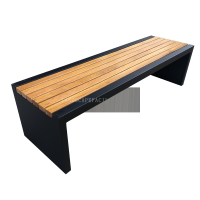Welcome to the website for landscape facilities products and knowledge.
What are the most effective ways to incorporate a built-in herb garden into the design?
Incorporating a built-in herb garden into your home design merges functionality with aesthetic appeal, creating a sustainable source of fresh flavors while enhancing your living space. The most effective integration methods begin with strategic placement—sun-drenched kitchen windowsills, under-cabinet installations, or vertical wall systems maximize both light exposure and spatial efficiency. Opt for streamlined planting systems such as recessed hydroponic planters with self-watering mechanisms or magnetic modular pots that attach directly to stainless steel surfaces. Select culinary herbs like basil, thyme, and mint that thrive indoors with consistent moisture and 6-8 hours of daily light, supplemented by full-spectrum LEDs if natural light is limited. Waterproof backing and drainage layers are non-negotiable for structural protection, while sliding trays or rotating mechanisms ensure easy harvesting. For cohesive aesthetics, match materials like reclaimed wood or minimalist stainless steel to your existing decor. These integrations transform herb cultivation from a standalone hobby into an organic element of daily life, reducing plastic waste from store-bought herbs while providing immediate access to ingredients that elevate culinary creations. The result is a living design feature that nourishes both body and environment through seamless blend of nature and architecture.
Related search:

Recommendation
Modern Stainless Steel Begonia Wood Park Chair Outdoor Courtyard Leisure Sun Protection Bench Long Seat